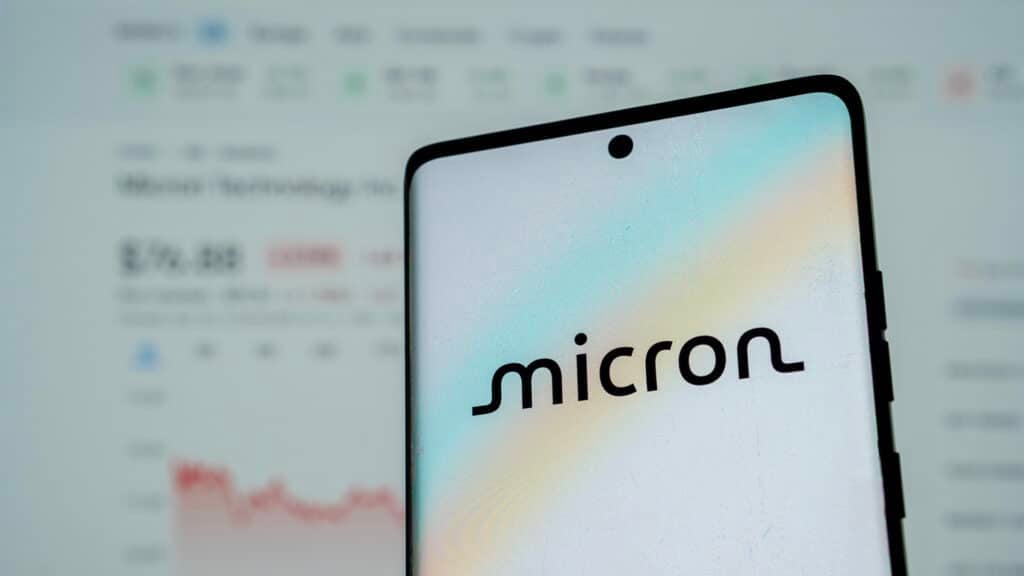The News: Microsoft announced fiscal year (FY) 2024 second quarter (Q2) earnings with AI integration and commercialization starting to show material results. The full earnings press release is available on the Microsoft website.
By the numbers:
- Earnings: $2.93 per share versus $2.77 per share (data compiled by Visible Alpha of analyst estimates)
- Revenue: $62 billion versus $61 billion (data compiled by Visible Alpha of analyst estimates)
- Operating income: 27 billion and increased 33% (up 23% in constant currency)
- Net income: $21.9 billion and increased 33% (up 23% in constant currency)
Microsoft Q2 2024 Earnings Set Tone for Tech in 2024
Analyst Take: Microsoft reported FY 2024 Q2 earnings that outperformed analyst forecasts across several measures. The company posted overall revenue of $62 billion, up 18% (up 16% in constant currency), led by growth from Microsoft Cloud, which grew 20% to $25.9 billion during the quarter. Microsoft posted diluted earnings per share (EPS) of $2.93, an increase of 33% (up 26% in constant currency), also exceeding analysts’ expectations.
Microsoft Cloud Continues Driving Revenue Growth
Cloud remains a focal point of Microsoft’s strategy, and the record quarter was driven by the continued strength of the Microsoft Cloud, which tallied more than $33 billion in revenue, up 24%. The Intelligent Cloud segment’s strong performance serves as evidence that the company’s aggressive approach to driving revenue in cloud continues to pay off. Server products and cloud services revenue increased 22%, driven by Azure and other cloud services revenue growth of 30% (up 28% in constant currency).
CEO Satya Nadella reported during the earnings call that Microsoft now has 53,000 Azure AI customers and that one-third of those are new to Azure over the past 12 months. But AI is not the only driver for Azure—Microsoft says customers are choosing Azure to simplify and accelerate their cloud migrations. Consequently, the Azure deals are getting larger—Nadella said the number of billion-dollar-plus deals is increasing. Cloud compute is part of this revenue equation, but other parts of the tech stack are contributing a well, including the data platform, GitHub (revenue up 40% year-over-year), and low-code/no-code development via Power Platform (more than 230,000 organizations use it, up 80% quarter-over-quarter).
Productivity and Business Processes
Microsoft recorded Productivity and Business Processes revenue of $19.2 billion for the quarter, an increase of 13% (up 12% in constant currency) compared with the same period a year ago. Office Commercial products and cloud services revenue increased 15% (up 13% in constant currency), driven largely by Office 365 Commercial revenue growth of 17% (up 16% in constant currency).
Within the Office Consumer products and cloud services segment, revenue increased 5% (up 4% in constant currency), and Microsoft 365 Consumer subscribers increased to 78.4 million. Dynamics products and cloud services revenue increased 21% (up 19% in constant currency) driven by Dynamics 365 revenue growth of 27% (up 24% in constant currency). And LinkedIn revenue increased by 9%.
Revenue in More Personal Computing, which includes Windows and Xbox content and services, increased 19% (up 18% in constant currency) to reach $16.9 billion. Devices revenue continues to decline (down 9%), but Xbox content and services revenue is way up, increasing 61%, driven by the Activision acquisition. It should also be noted that search and news advertising is quietly growing, up 8% (7% in constant currency).
AI Proving to Be a Revenue Driver
It was no mistake that the second sentence Nadella said on the earnings call was, “We’ve moved from talking about AI to applying AI at scale.” How true that is. Throughout Microsoft’s diverse portfolio, AI is being operationalized and commercialized—it is driving significant portions of the Intelligent Cloud segment, and it is now being operationalized in the Productivity and Business Processes segment with the general availability rollout of Copilot in most Office 365 products. Note that the company reported it has passed more than 400 million paid Office 365 seats. Microsoft also will play a significant role in PC-based AI. Copilot in Windows is already available on more than 75 million Windows 10 and Windows 11 PCs.
Underlying all of this commercialization of AI is what so far has proven to be best-in-class guardrails for AI safety, a subject we have detailed several times in our Microsoft analysis over the past 6 months. These guardrails are giving Microsoft the confidence to rapidly infuse AI into its products and services.
Looking Ahead
This was another very strong performance from Microsoft. With expectations so high, it is hardly surprising to see some pressure on the immediate release as there has been a bit of a melt up for the Super Six. Some tailwinds for Microsoft include the deep integration with OpenAI and the early commercialization of its products, which are beginning to be reflected in the company’s numbers. Furthermore, in Q3, 2% of Azure revenue was AI related. That will be up this quarter. The overall Azure growth was very good as well at 30%. And cloud is accelerating again.
In addition, the AIPC wave will be material and will play a role in big growth for Windows and Personal Computing in the 2H. Microsoft has such a diverse portfolio and wide hooks into consumer and enterprise, with its AI bets paying off early, there is a lot to like in this, although we have to wait to see what guidance says, which will shape sentiment for not only Microsoft but all of tech.
From the AI standpoint, Microsoft has become the de facto market leader in operationalized and commercialized AI. The company’s Q3 earnings will likely be a significant signal for the AI market. Should Microsoft report AI-specific revenue metrics, we expect them to be very positive. Keep an eye on Office 365 Copilot upgrades, Azure AI revenue, Windows Copilot, as well as search and news advertising.
Daniel Newman provides insights into the latest Microsoft earnings on X:
Here we go: Microsoft and some initial thoughts.
Another very strong performance from @Microsoft. With expectations so high, it is hardly surprising to see some pressure on he immediate release as there has been a bit of a melt up for the Super Six.
Some tailwinds for $MSFT… pic.twitter.com/y9IVGcvyP9— Daniel Newman (@danielnewmanUV) January 30, 2024
Disclosure: The Futurum Group is a research and advisory firm that engages or has engaged in research, analysis, and advisory services with many technology companies, including those mentioned in this article. The author does not hold any equity positions with any company mentioned in this article.
Analysis and opinions expressed herein are specific to the analyst individually and data and other information that might have been provided for validation, not those of The Futurum Group as a whole.
Other Insights from The Futurum Group:
Microsoft Unleashes Copilot and Potential 2024 AI Revenue
My Pick for the 2023 AI Innovation Company of the Year Is Microsoft
Microsoft’s AI Safety Policies: Best Practice
Microsoft Q1 2024 Earnings Outperform Expectations








